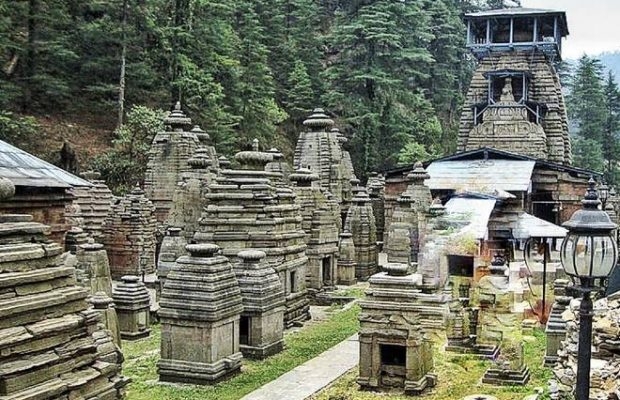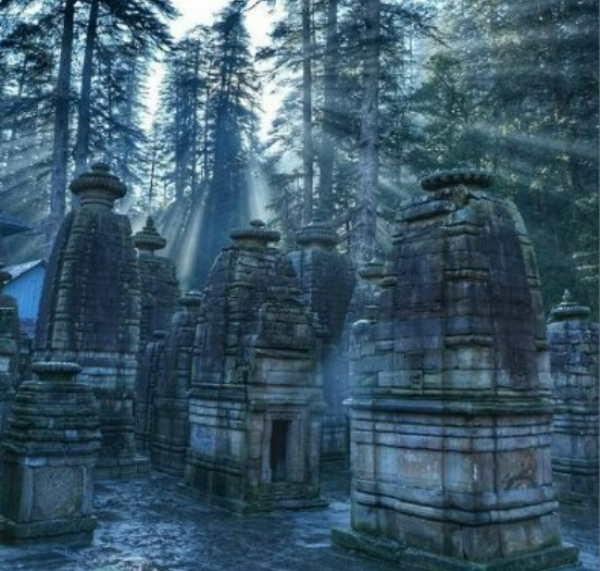Jageshwar Dham, the ancient terrestrial of temples & Gods in Uttarakhand
15 Jul 2022 18:01:38
Uttarakhand, which is alternatively known as the Dev Bhumi or land of gods, is rich in history which relates to many ancient temples which still thrive across the state. The area developed its own style of architecture which was created using the natural resources that were easily available from the mountains, that is wood and stone.

Amongst the temples present here, the most established ones were built during the Katyuri dynasty reign for the most part - found mostly in clusters. There was a great rush of temple building in Uttarakhand starting from 7th century CE onwards. This was thanks to the religious movement under the Katyuri dynasty.
The studded history of Uttarakhand was revealed when in a recent survey, temple remains were discovered in Yandhura, Champawat district. A 1st century BCE built red sandstone vedika pillar was found here, that had figures of humans, ganas, yaksha & yakshi engraved on it.
Moreover, several large images of yakshas have also been found from many places located in Dwaraghat, Podhar, Baijnath and Dashyu in Uttarakhand. It is believed that these ancient temples, which were made entirely of wood, eventually got destroyed through natural decaying. To avoid this, from the post-Gupta period under the Katyuris, stones were used in constructing temples that were often built over the ruined wooden ones.

Among the more famous temples from the Katyuri era is the Jageshwar Dham, which is at a height of 6,135 feet, and lies around 34 km from Almora. The temple complex is situated in a densely wooded valley on the left bank of the river Jatganga, and is enclosed on all sides by tall deodars, along with a few spattering of village houses and dharamsalas. The temple cluster consists of 124 small and big stone temples and is believed to have been built between 7th -11th century CE, mostly by the Katyuri kings.
The temples here are dedicated to various deities that include Shiva, Lakulisha, Jageshwar, Kedareshwar, Mrityunjay, Pushti devi, Lakshmi, Durga, Chandika, etc. As per general beliefs, the Pandavas, while on their Mahaprasthan towards Swargarohani, had performed their last rites at Jageshwara, on the banks of the Jatganga. It is, for this reason, the banks of Jatganga are used as a cremation ground for those living in nearby villages.
Some distance away from the Jageshwara cluster is the Dandeshwara temple group, near the confluence of the Kirodi Ganga and Niroli gad. 14 temples exist here that range from 7-13th century CE, and the main temple has a shivaling, which is an uncarved natural rock. The third cluster of temples known as the Kubera cluster has three temples and stands on the hill opposite to the Jageswara temple cluster on the right bank of the Jatganga.
Jageswara temple complex is located close to Almora, and is an hour’s drive away. The location is serene and it set amidst the dense set of cedar forests and lovely mountain streams. The beauty of the place matches what the Brihat-Samhita defines as the perfect spot to build a temple - “The gods always play where groves are near, rivers, mountains, and springs.” At the Jageswara temple complex, fairs are held during Shivaratri, and on full moon days of the months of April- May, and in the months of July-August.
